The Anatomy of a Fountain Pen

Though most of the basic components of fountain pens have remained the same for much of written history, there are a handful of moving parts and many are even referred to by different names, depending upon the type of pen. Here, we’ll review the most common parts of the pen and the purpose they serve in writing.
Nib

The nib refers to the metal tip of the pen that physically touches the paper. This thin, pointed part draws ink from inside the pen and channels it through a small slit to deposit it onto paper. Nibs come in a variety of shapes and sizes. Today, the vast majority have a round tip to help create uniform lines. Nib sizes vary depending on the width of the line desired. Larger nibs create wide lines used most often for bolder writing styles, while smaller nibs are more common for everyday writing since they have a finer line width. Above are examples of three basic nib sizes.
Fine
Finer nibs give a line width around 0.4mm–0.6mm. They tend to have a more controlled flow, making them more tolerant of varying qualities of paper. Fine nibs are best for those with handwriting that is smaller and tighter.

Medium
Medium nibs produce a line width around 0.8mm. They’re suitable for those with average handwriting size, and work particularly well in creating signatures.

1.0mm (Broad)
Broad, or bold, nibs produce a line width around 1.0mm. They often have higher ink flow, creating wider and thicker lines. It’s important to keep in mind that the faster ink flow created from broader nibs can cause ink to bleed through thinner paper.

Feed

The feed of a fountain pen is made of either plastic or ebonite and contains three thin channels that connect the nib to the reservoir, the ink tube concealed in the pen’s handle. The feed acts as a vehicle for ink delivery, incorporating a system of parallel channels that allows air to flow upward into the reservoir as ink travels toward the paper at a controlled rate.
Barrel

The barrel is the exterior of the pen, the entire body which houses the ink reservoir. Barrel sizes and ergonomics differ depending upon preference. The first barrels were made of black hard rubber since they were ink-resistant and easily machinable, but barrels today can be made from a variety of materials. More expensive ones are crafted from materials like brass, silver, and gold, where less expensive versions are made using acrylic resin or Lucite.
Converter

Converters were created to enable writers to use any type of bottled ink with their pens. These small filling mechanisms fit right onto the pen, taking the place of an ink cartridge, and allowing you to use any bottled ink instead of the limited proprietary ink cartridges. The majority of converters contain a twist-fill plunger that works like a syringe, but others come with a bladder that is squeezed much like that of a vacuum.
Cartridge

Ink cartridges are disposable capsules attached to the back of the fountain pen that supply the pen with ink. When the ink runs out, the empty cartridge can be thrown away and replaced with a new one. Though cartridges are easy and less messy, they don’t offer as many colours and ink choices as converters do.


![[Appreciation Gifts 2024] KSG set - Double Pen SET - Parker IM Rollerball & Ballpoint Pen - [Various Colours] - KSGILLS.com | The Writing Instruments Expert](http://ksgills.com/cdn/shop/files/2024ksgillspengiftsforall-mother_sday.png?v=1714220645&width=900)
![[Appreciation Gifts 2023] KSG set - Double Pen SET - Parker IM Rollerball & Ballpoint Pen - [Various Colours] - KSGILLS.com | The Writing Instruments Expert](http://ksgills.com/cdn/shop/files/WhatsAppImage2023-08-19at3.14.43PM.jpg?v=1714220645&width=1000)
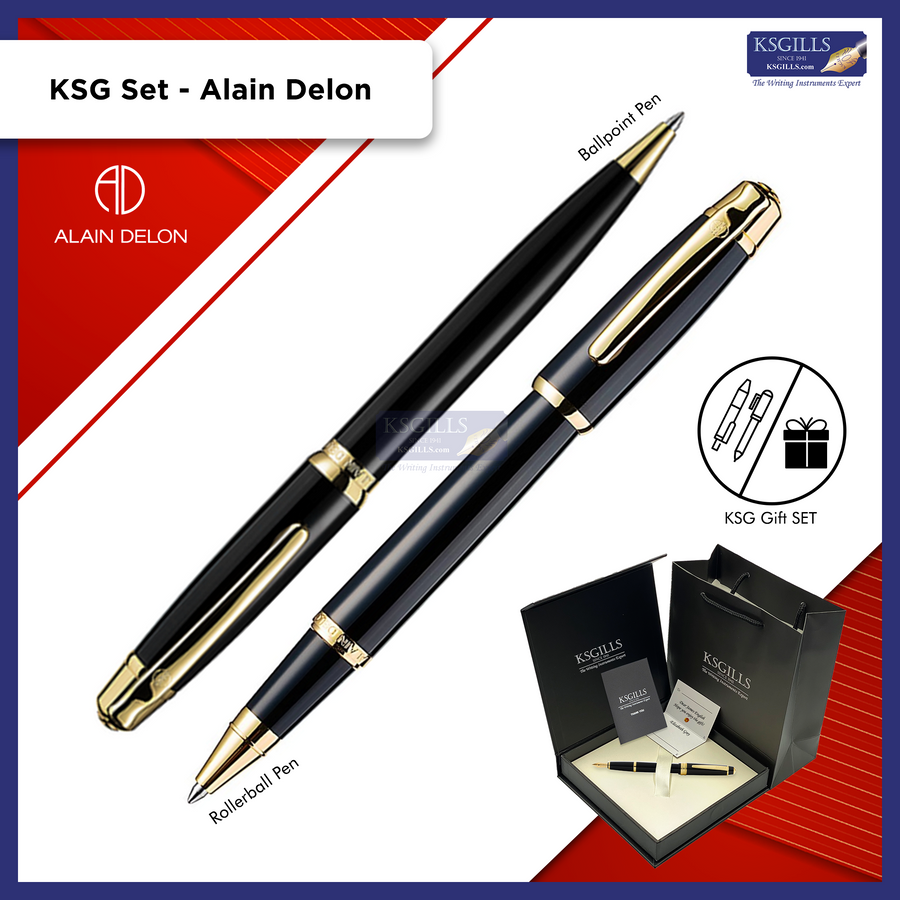
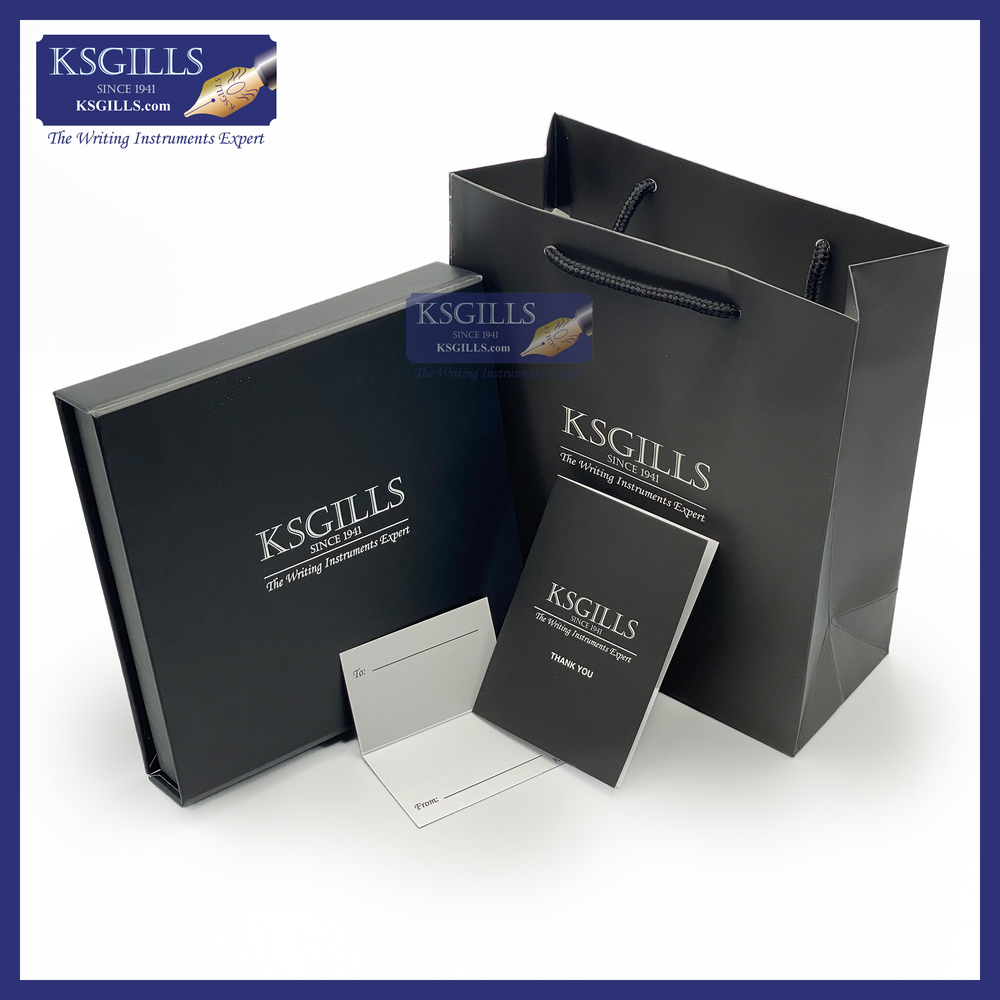

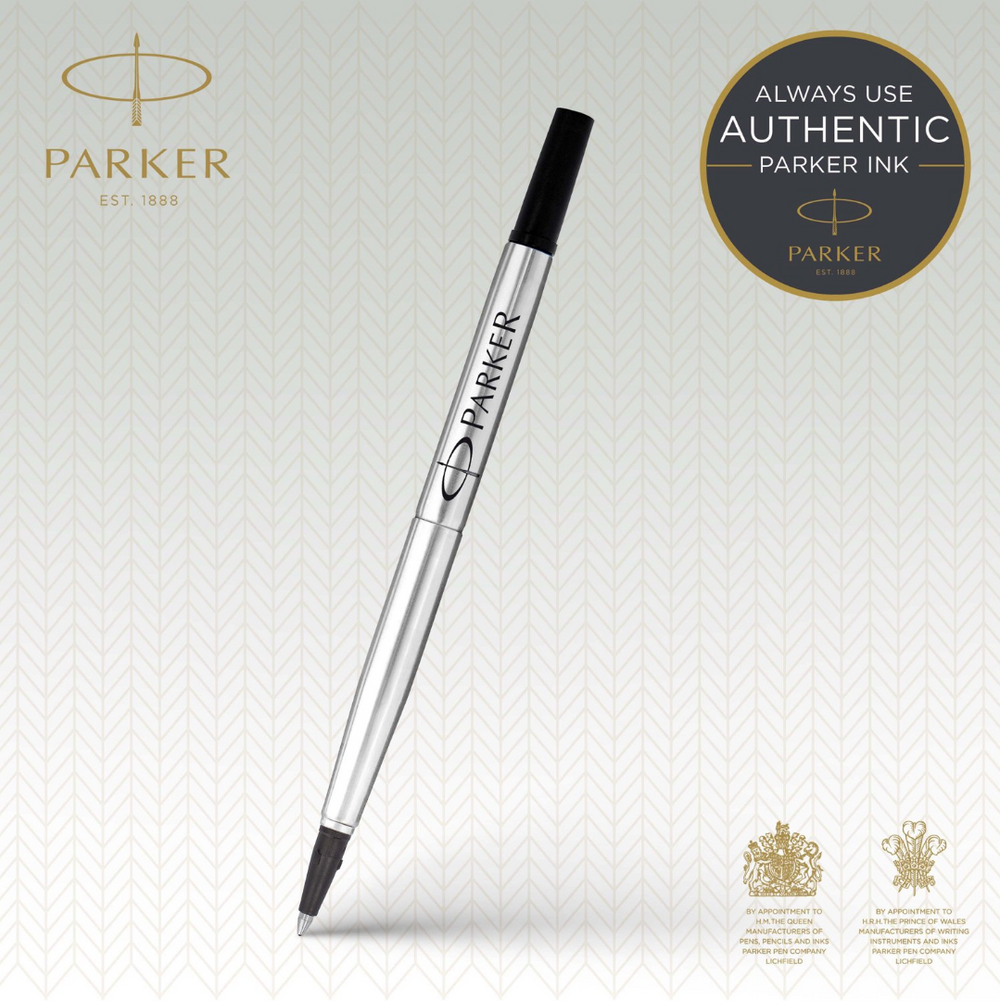
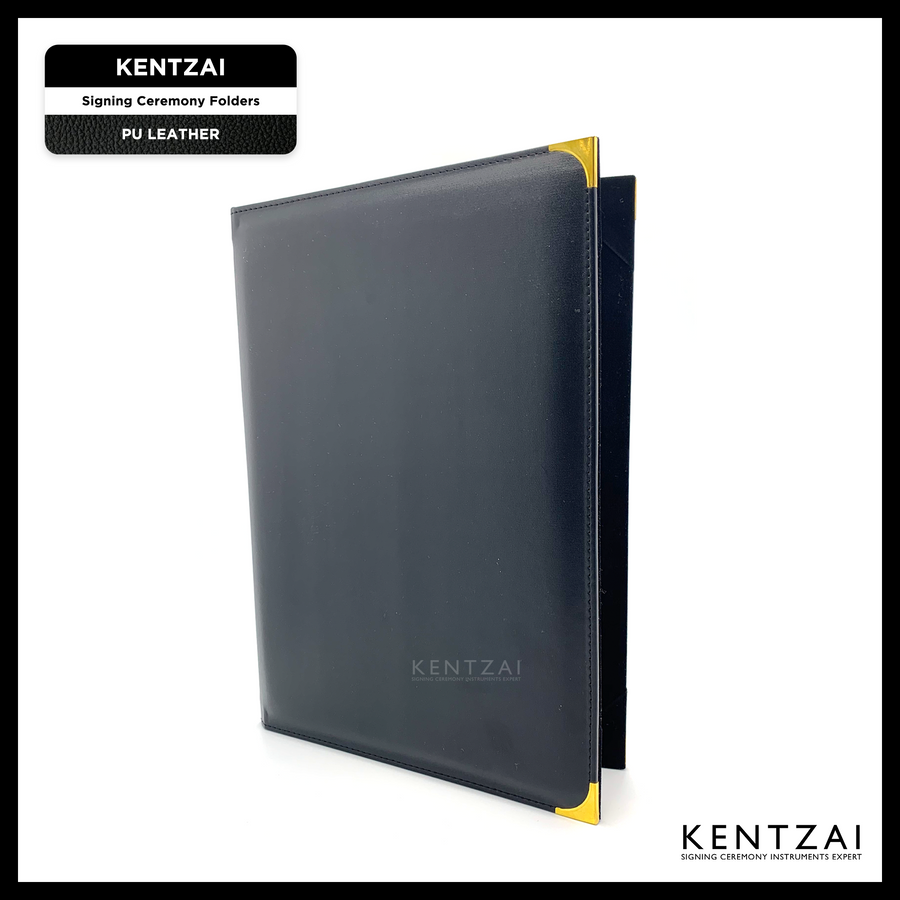

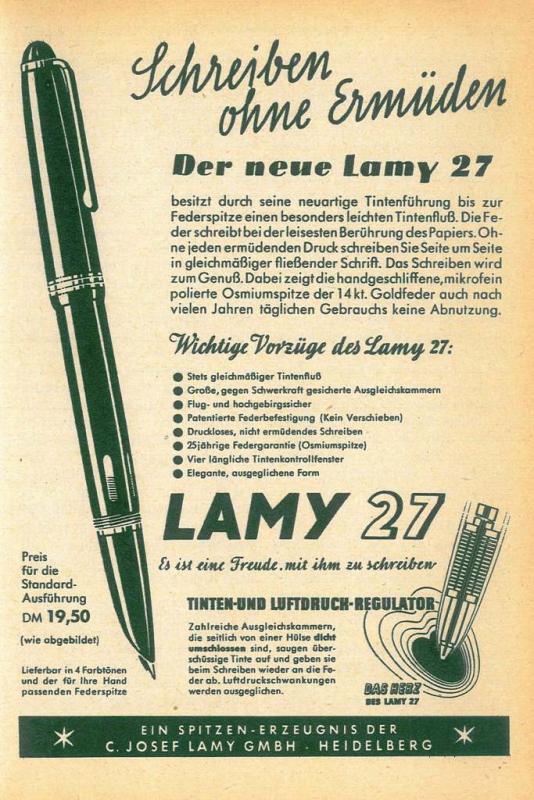
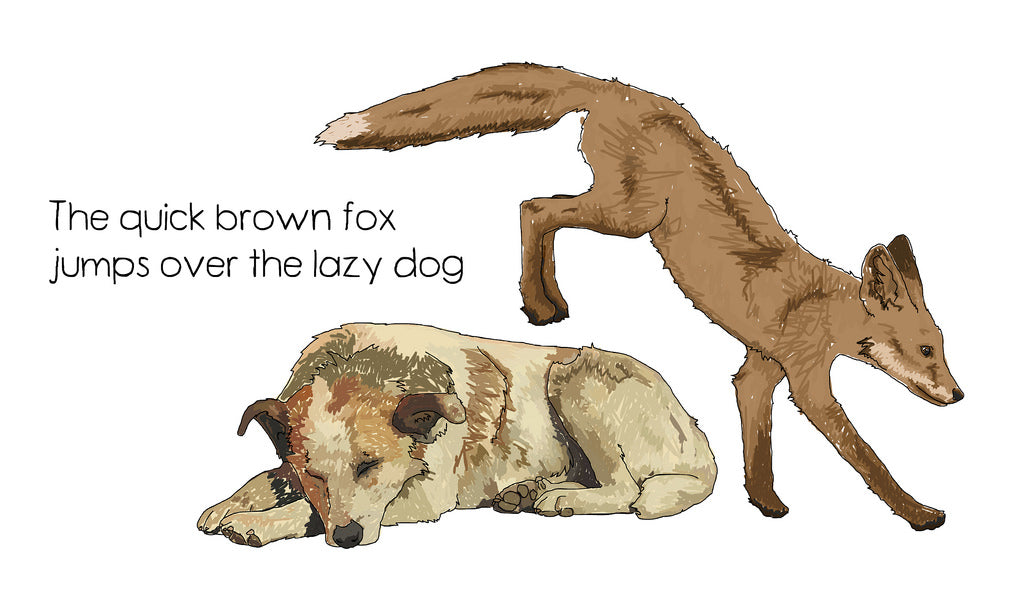
![KSG set - Double Pen SET - Parker IM Fountain & Ballpoint Pen - [Various Colours] - KSGILLS.com | The Writing Instruments Expert](http://ksgills.com/cdn/shop/products/THUMBAIL_KSGGiftSet-ParkerIM-BlackGold-FP_BP-Main.png?v=1659158551&width=900)
![KSG set - Double Pen SET - Parker IM Fountain & Ballpoint Pen - [Various Colours] - KSGILLS.com | The Writing Instruments Expert](http://ksgills.com/cdn/shop/products/BlackGold.png?v=1693741987&width=1000)
Leave a comment